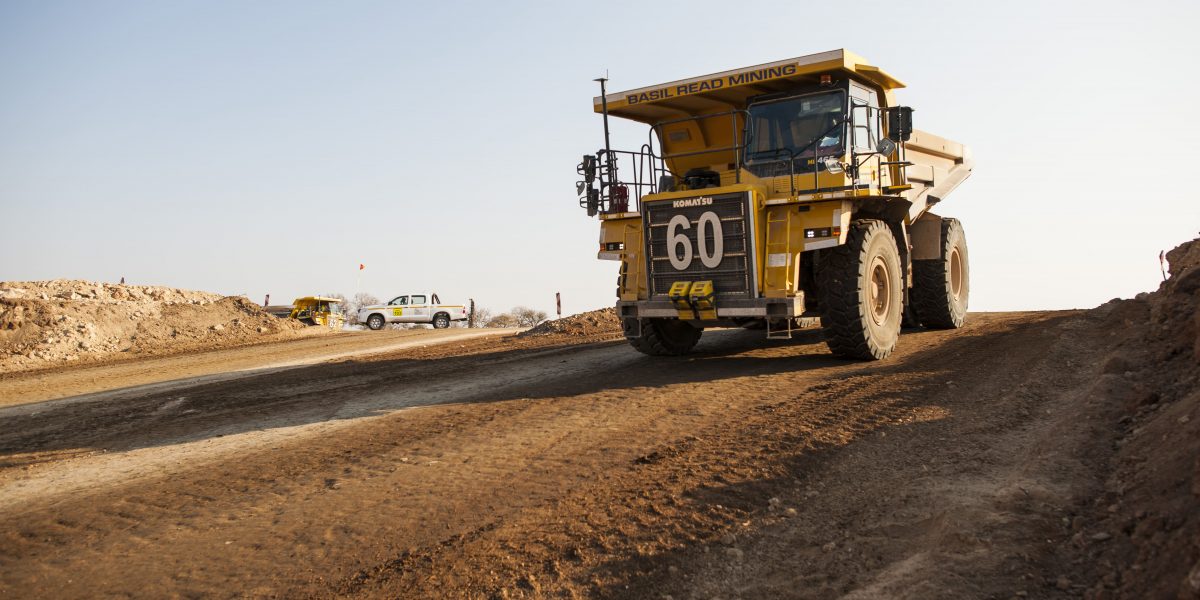By Lauren Davidson, Economist, Chamber of Mines of Namibia
The mining sector has been closely monitoring the trajectory of uranium prices, which surged to close 2023 at US$90/lb, subsequently surpassing the US$100/lb mark in early January 2024. Currently, the uranium price stands at US$106/lb (as of January 27, 2024), marking a return to pre-Fukushima levels and reaching its highest point since 2008. This uptrend in the market has been steadily building momentum since 2019, driven by a gradual depletion of stockpiles at utilities coupled with stagnant supply levels. Analysts and experts have long foreseen this price correction, anticipating an eventual supply gap in the market.
The anticipated supply shortfall has indeed materialized, with the World Nuclear Association projecting a persistent deficit of 150 million pounds of nuclear fuel until around 2040. This imbalance stems from a confluence of factors on both the supply and demand sides. On the supply front, a prolonged period of depressed uranium prices deterred investment in exploration, resulting in a dearth of new mine developments over the past decade. Meanwhile, on the demand side, growing governmental support for nuclear power as a stable baseload energy source has instilled confidence in the global uranium demand outlook.
For Namibia, the world’s third-largest uranium producer, these market developments signal opportunities for further growth and expansion in the uranium sector. Existing producers such as Rössing and Husab are poised to renegotiate supply agreements to reflect prevailing market conditions, while also ramping up production to meet escalating demand. Additionally, the restart of operations at the Langer Heinrich uranium mine planned for the first quarter of this year, is expected to bolster Namibia’s production profile significantly. The mine has already commenced commissioning activities in preparation for production.
The timing of awarding Mining Licences for Bannerman’s Etango project and Deep Yellow’s Tumas project couldn’t be more opportune. With the security of their MLs, these companies are well-positioned to leverage the current favorable market conditions to raise the capital required to advance development of their projects. Additionally, Orano is actively evaluating the possibility of restarting operations at its Trekkopje mine, spurred by the improved market circumstances.
In the near term, the expected production increase from existing mines, coupled with higher uranium prices, will boost uranium’s contribution to Namibia’s exports and foreign exchange earnings. The restart of Langer Heinrich’s operations will also create several hundred additional jobs in the mining sector, in addition to generating increased government revenue through taxes, royalties, and export levies.
Moreover, the heightened activity in the uranium sector will translate into significant socio-economic benefits for the Erongo region, with the emergence of new business opportunities and expansion of existing suppliers to meet the demands of increased production. The influx of job opportunities from new mines will further stimulate local economies, with indirect job creation and revenue generation expected to far outweigh the immediate impacts of mining operations.
Namibia’s abundant uranium resources, coupled with the current surge in prices, position the country as an increasingly attractive destination for mining investment. Beyond existing operations and upcoming projects, the elevated uranium price is likely to spur substantial investment in exploration for further discovery of ore bodies, which may lead to the development of new mines.
This anticipated growth in Namibia’s uranium subsector will play a vital role in diversifying the country’s mining sector sustainably, capitalizing on an improving uranium market with long-term positive fundamentals. With the scaling up of current mines and the emergence of new projects, uranium stands to become a fundamental contributor to Namibia’s GDP and solidify its position as a prominent player in the global market.

